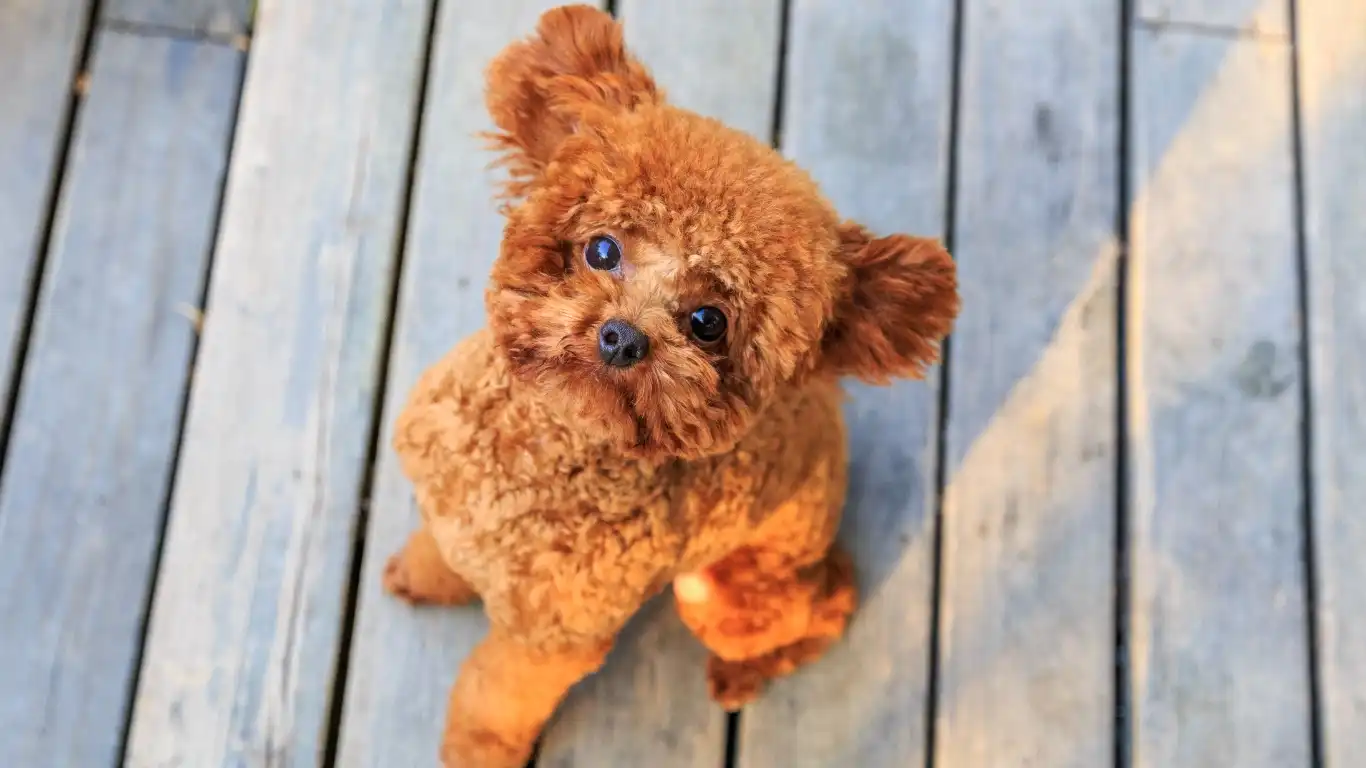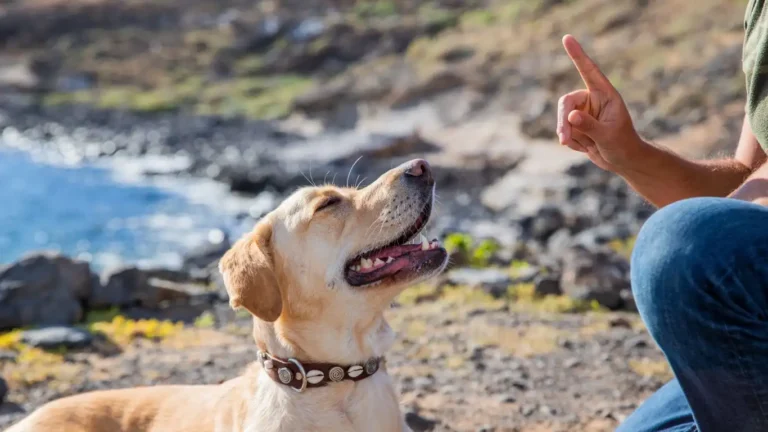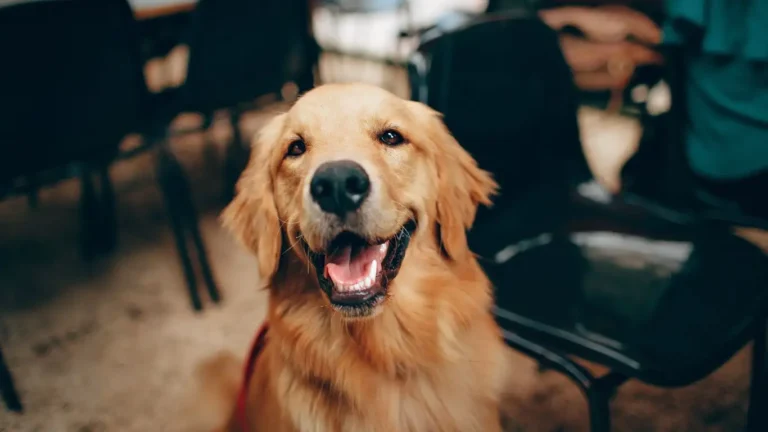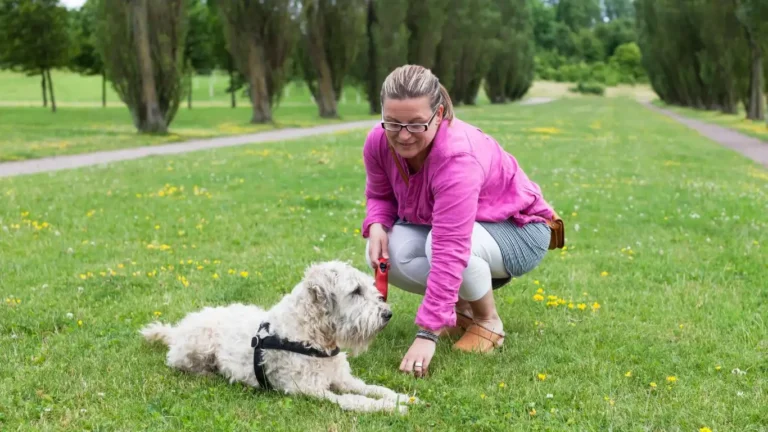How to Encourage Polite Leash Behavior for Stress-Free Walks
If you’ve ever wrestled with a dog who just can’t seem to master the art of walking calmly on a leash, you know how frustrating it can be. That’s exactly why I’m excited to share some insights from my experience as a Veterinary Technician specializing in nutrition—and yes, nutrition does play a role in behavior! Today, we’re diving into how to encourage polite leash behavior, a topic close to my heart and critical for every dog owner striving for enjoyable, stress-free walks.
Let me tell you, it’s not about punishing your furry friend or investing in fancy gadgets. It’s more about understanding your dog’s perspective, being consistent, and using positive reinforcement. Over the years, I’ve seen firsthand how subtle changes can make a huge difference—not just in the walk, but in the bond you build with your pup.
Why Polite Leash Behavior Matters

Walking your dog is more than just a daily routine—it’s an essential way to provide physical exercise, mental stimulation, and socialization. When a dog pulls or lunges, it can quickly turn a simple walk into a stressful event for both of you. Besides the frustration, harsh pulling can even lead to injuries for your dog’s neck or your own shoulders.
From my years in veterinary care, I’ve witnessed that dogs who are taught polite leash manners tend to be calmer overall, more confident, and easier to handle in vet visits or busy public spaces. It’s a win-win for everyone.
Understanding Your Dog’s Behavior on the Leash
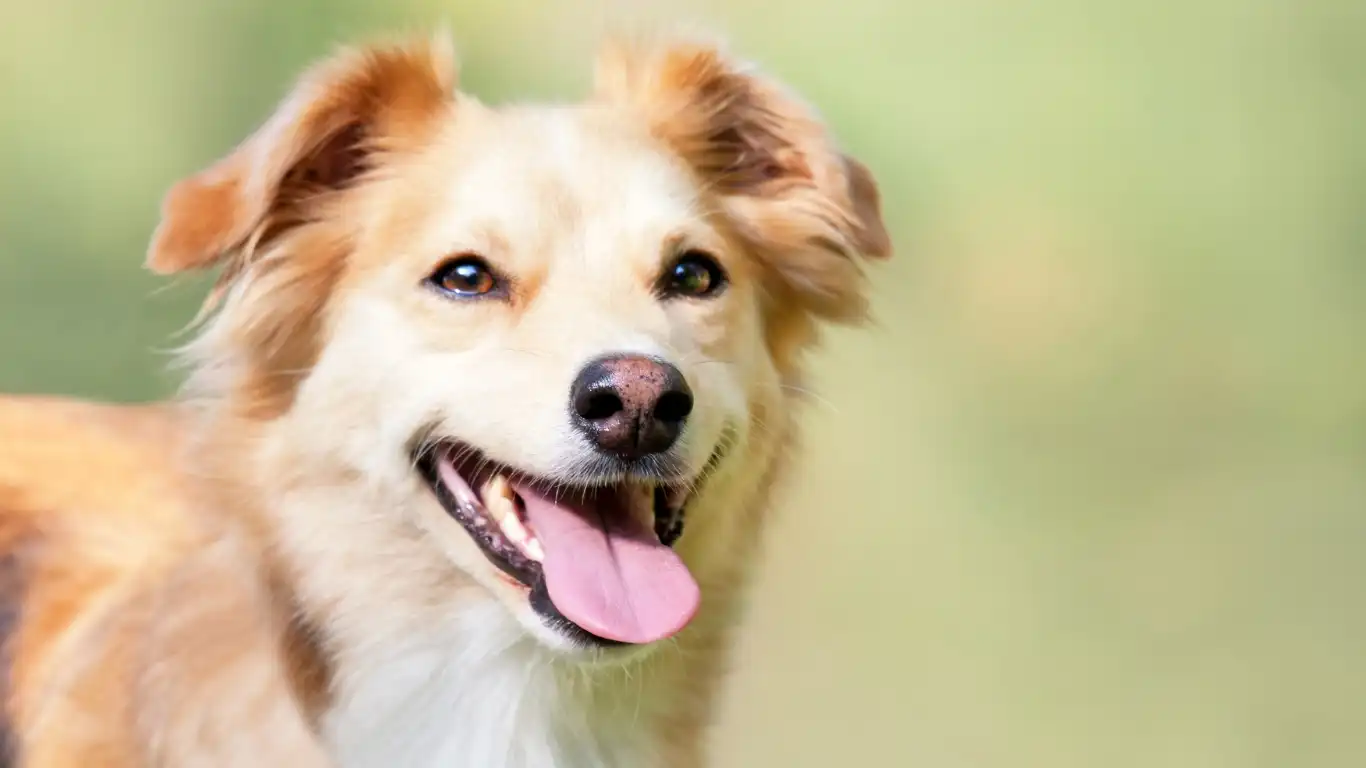
What Causes Pulling?
One thing I always emphasize is that pulling isn’t about being “bad” or stubborn. Dogs pull for various reasons, such as:
- Excitement—they can’t wait to explore everything!
- Fear or anxiety—they might be trying to escape something scary.
- Distraction—like spotting a squirrel or another dog and losing focus.
- Lack of training—simply not knowing the right way to behave on a leash yet.
The Role of Your Energy and Timing
Dogs are incredibly intuitive and respond strongly to your energy and timing. When you get frustrated or tug back harshly, it can actually escalate their pulling. Instead, maintaining a calm, confident presence encourages them to relax and pay attention to you.
Something I learned early in my career is that timely rewards—whether treats, praise, or a favorite toy—can teach your dog that walking politely brings them better outcomes than pulling ever will.
First Steps to Encouraging Polite Leash Behavior
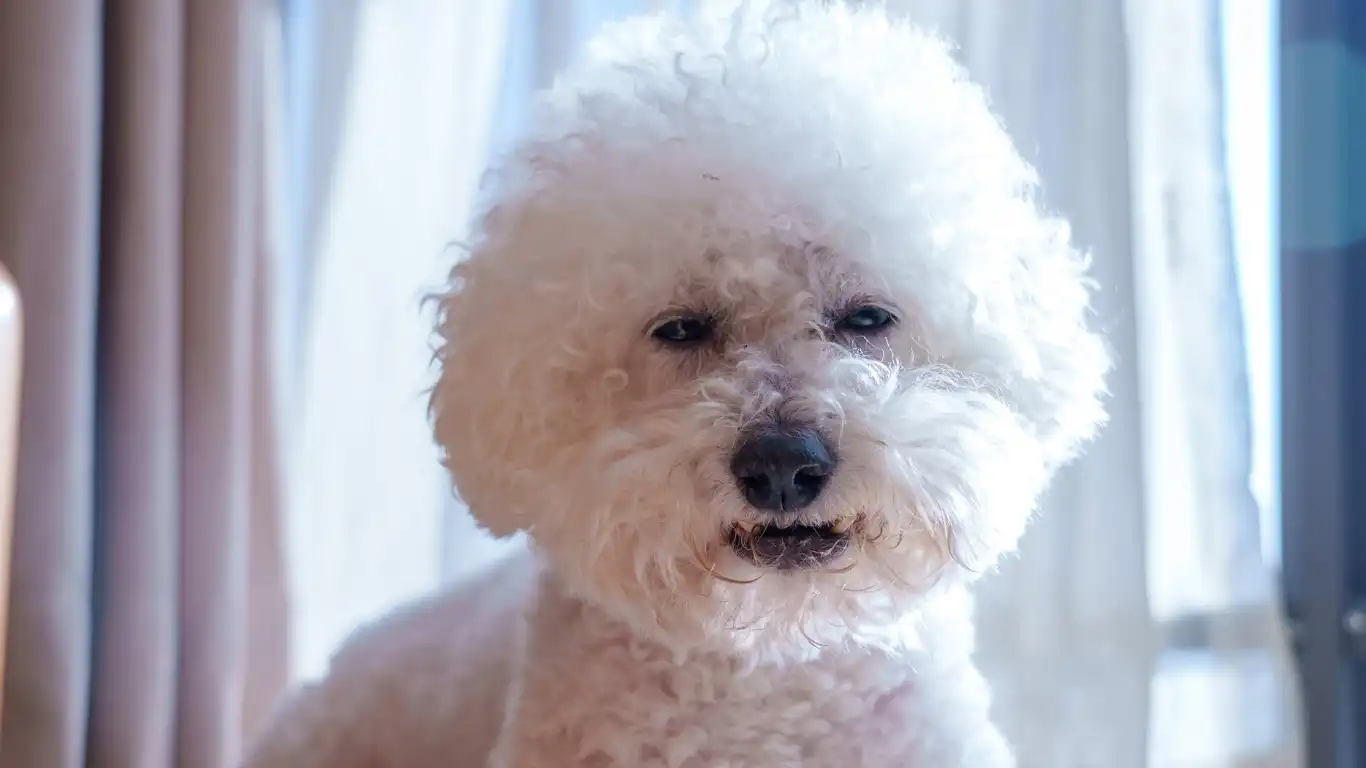
Start with the Basics at Home
Before tackling walks outside, I recommend practicing leash manners in a low-distraction environment, like your living room or backyard. This helps your dog focus on you and learn the fundamentals without overwhelming distractions.
- Choose the right equipment. A well-fitted harness or collar can make a huge difference. Avoid choke chains or prong collars—they can cause harm and increase anxiety.
- Keep your leash short but relaxed. Too much slack and your dog might pull; too tight and they feel restricted.
- Use treats or a high-value reward. Have something special ready that your dog loves, like small pieces of chicken or cheese, to reward them for walking nicely.
Teach a Cue for Walking Politely
I like to introduce a simple cue, like “easy” or “let’s go,” that signals to my dog it’s time to walk calmly by my side. Pair this cue with treats initially—rewarding the behavior immediately helps your dog connect the dots quickly.
Consistency is key here. Practicing for just a few minutes a day can make a world of difference over time.
Practical Techniques to Encourage Polite Leash Behavior
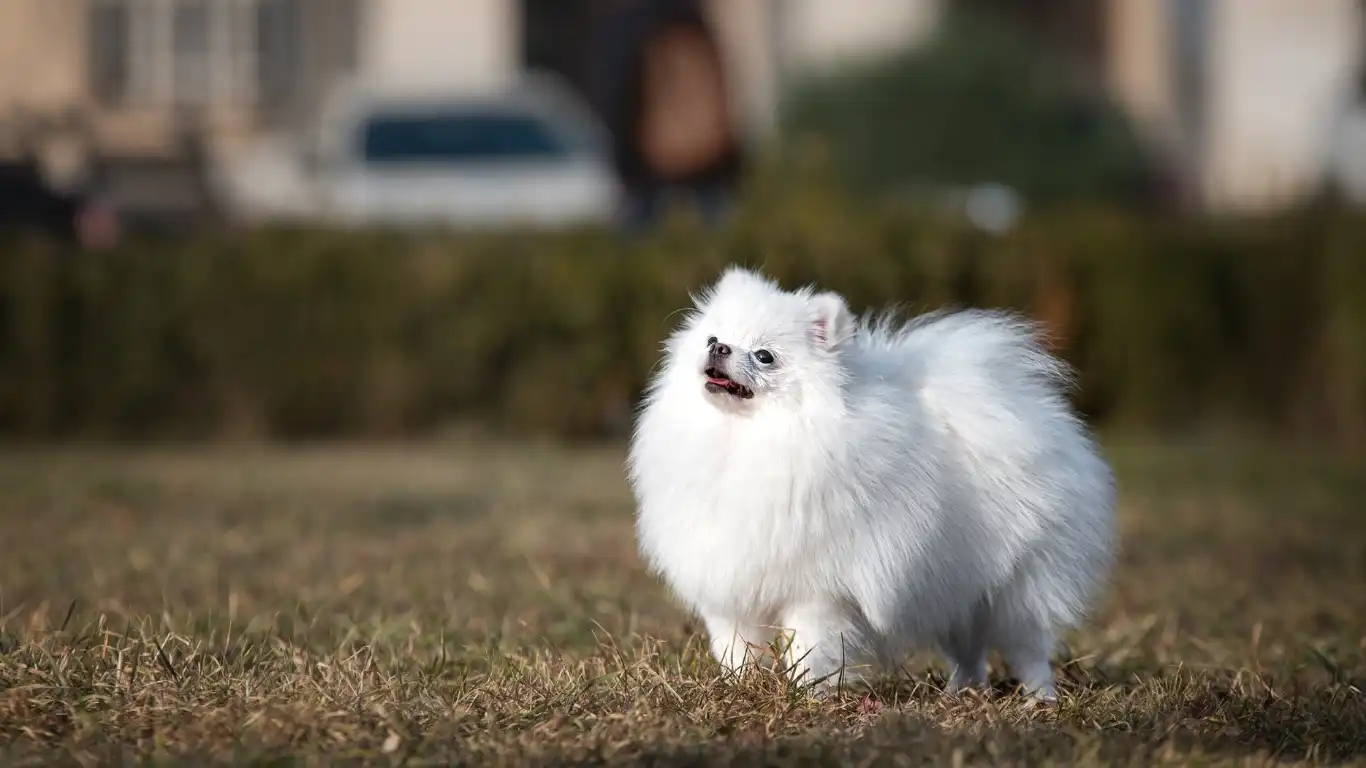
Building on those foundational steps, let’s dive into some practical, easy-to-apply techniques that I’ve found super effective in my work with dogs and their owners. These methods aren’t just theory—they come from years of hands-on experience, watching how dogs respond when given clear, consistent guidance paired with positive reinforcement.
1. The Stop-and-Go Method
This is one of my favorite ways to teach polite leash behavior because it’s simple yet powerful. When your dog starts to pull, stop walking immediately. Stand still and wait until they relax and the leash slackens. Only then do you continue walking.
Why does this work? Because your dog quickly learns that pulling gets them nowhere, but walking calmly moves the adventure forward. Over time, this helps your dog understand that polite leash manners make walks more fun for everyone.
2. Change Direction
If your dog is determined to lead the way, another tactic is to change direction the moment they pull. Turn around and walk the opposite way, encouraging them to follow calmly by your side.
It might feel a bit awkward at first, but dogs catch on fast. This technique helps break the habit of pulling toward distractions and teaches your pup to pay attention to your movements.
Understanding the Role of Nutrition and Health in Behavior

Now, here’s something not everyone thinks about—but as a Veterinary Technician specializing in nutrition, I can’t stress enough how a dog’s diet impacts their overall behavior, including leash manners. A well-balanced, nutritious diet supports brain health, energy levels, and mood—all essential ingredients for good training outcomes.
For example, dogs with unstable blood sugar or poor nutrition might be more restless or hyperactive, which can translate into more pulling and less focus during walks. On the other hand, dogs fueled by quality proteins, omega-3 fatty acids, and vitamins tend to be calmer, more attentive, and easier to train.
In my experience, adjusting nutrition in tandem with behavior training accelerates progress and helps keep your dog’s energy just right—not too wired, not too sluggish.
Building a Reward System That Works
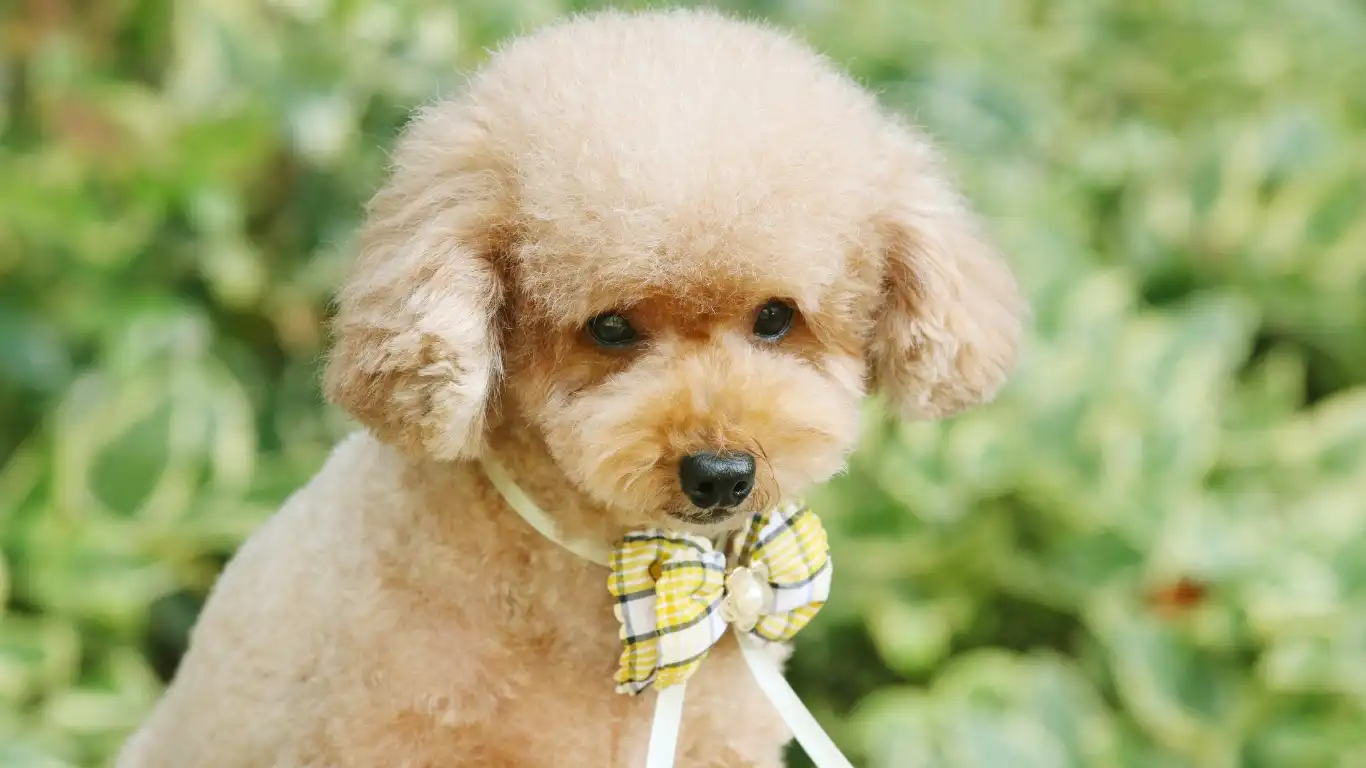
Finding the Perfect Treat
Not all rewards are created equal. When training for polite leash behavior, finding a high-value treat your dog really loves can make all the difference. I recommend experimenting with different options—tiny bits of cooked chicken, cheese, or even specially formulated training treats that are soft and easy to chew quickly.
What’s key here is timing. Deliver the treat the instant your dog walks politely beside you, so they connect the behavior with the reward. Over time, this positive reinforcement becomes so effective that your dog will start walking nicely just because they expect a reward.
Mixing Rewards for Greater Engagement
While treats are great, I always encourage mixing things up with praise, petting, or even play breaks. Dogs are social creatures and often respond as much to your enthusiastic “good job!” as they do to food rewards.
For instance, after a few steps of calm walking, stopping to play with a favorite toy or give an affectionate scratch can keep your dog motivated and make training more fun for both of you.
Dealing with Common Challenges
When Your Dog Gets Distracted
Walking a dog who’s easily distracted can be tricky. From squirrels darting across the sidewalk to other dogs passing by, the world is full of tempting distractions. One trick I swear by is using a gentle but firm voice to call your dog back to focus whenever their attention wanders.
Combining this with a reward when they re-engage helps teach your dog that sticking with you is way more rewarding than chasing every passing critter.
Handling Stubborn Pullers
Some dogs are natural pullers—especially certain breeds bred for high energy or hunting. In these cases, patience and persistence are your best friends. Breaking down training into short, consistent sessions throughout the day works wonders.
Also, consider incorporating other outlets for that extra energy, like longer play sessions or puzzle toys. A tired dog is a polite dog.
Maintaining Polite Leash Behavior Long-Term

Now that you’ve built a solid foundation and worked through the initial training stages, the next step is all about consistency and maintenance. From my years of veterinary nursing and nutrition experience, I can tell you that behavior—just like health—is an ongoing journey, not a one-time fix.
One common mistake I see is owners getting frustrated when their dog suddenly slips back into old pulling habits after weeks or months of progress. The truth is, polite leash behavior requires regular practice and reinforcement, especially as your dog encounters new environments, distractions, or changes in routine.
Keep Training Fun and Varied
Mix up your walking routes to keep things interesting for your dog. Try visiting new parks, quiet streets, or even different times of day to expose your pup to a variety of stimuli. This helps generalize the polite walking behavior so your dog learns to behave well no matter where you are.
Also, I recommend occasionally revisiting those “home base” training sessions where distractions are minimal. It’s a great way to refresh the basics and strengthen your dog’s focus on you.
Adjust Rewards as Your Dog Progresses
Early on, you’ll want to use really tempting treats or high-value rewards to capture your dog’s attention. But as polite leash walking becomes second nature, you can start to phase out constant food rewards and replace them with praise, petting, or play.
Personally, I’ve noticed that mixing in occasional jackpot rewards—a super special treat or extra-long playtime—keeps dogs motivated without making them dependent on treats every step of the way.
When to Seek Professional Help
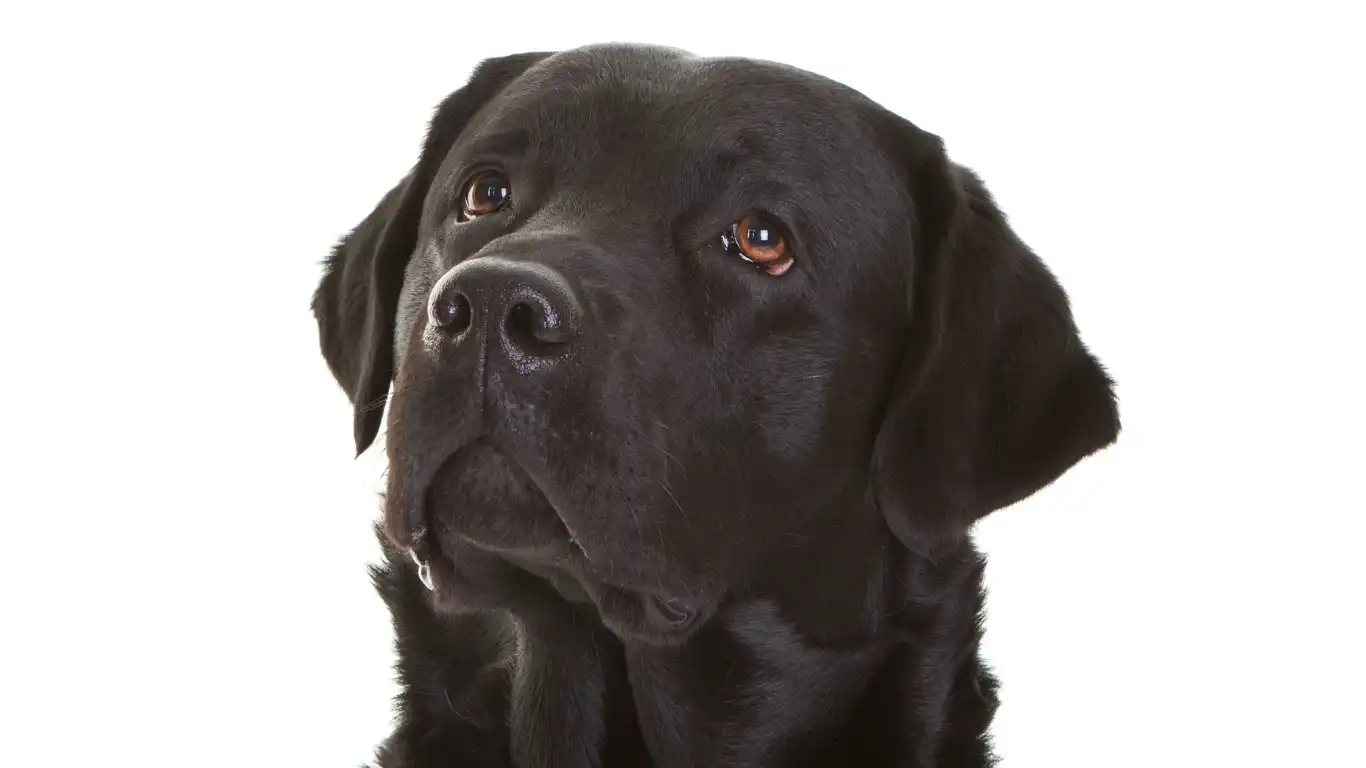
Sometimes, despite our best efforts, leash pulling or related behavior problems persist. This can be frustrating, but it’s important to remember that every dog is unique, and some issues require a tailored approach. If you find that your dog’s pulling is accompanied by aggression, fear, or severe anxiety, it’s best to consult with a professional dog trainer or a veterinary behaviorist.
As someone who has worked alongside vets and trainers, I can assure you that professional guidance can make all the difference—especially for dogs with complex behavioral histories. They’ll assess the root cause and develop a training plan specific to your dog’s needs, ensuring safety and success.
Combine Behavior Work with Health Checkups
Never underestimate the role of regular veterinary visits. Sometimes, underlying medical issues—like pain, thyroid problems, or sensory impairments—can influence behavior. If leash pulling suddenly becomes worse or if your dog seems uncomfortable, a vet check can rule out any health concerns.
From my experience, combining good health care with consistent training creates the best environment for positive behavior changes.
Final Tips from a Veterinary Nutritionist and Technician
Before wrapping up, here are a few personal nuggets of wisdom I’ve gathered over the years that might help you on your journey:
- Stay patient and kind. Dogs can sense frustration and it often makes training harder.
- Short, frequent training sessions beat long, overwhelming ones. Aim for 5-10 minutes a few times a day.
- Monitor your dog’s energy and diet. Sometimes tweaking meal times or food quality can improve focus during walks.
- Use a combination of verbal praise, treats, and play to keep your dog engaged and excited to learn.
- Celebrate small victories. Every step forward is a win worth recognizing.
Walking your dog politely on a leash is more than just a behavior to teach—it’s a shared experience that strengthens your bond and makes every outing enjoyable. With consistent effort, understanding, and a bit of patience, your dog will learn to walk beside you with grace and confidence.
References
Disclaimer
The information provided in this article is based on my professional experience as a Veterinary Technician specializing in nutrition and is intended for educational purposes only. It is not a substitute for professional veterinary advice, diagnosis, or treatment. Always consult your veterinarian or a certified dog trainer for personalized guidance regarding your dog’s health and behavior.
